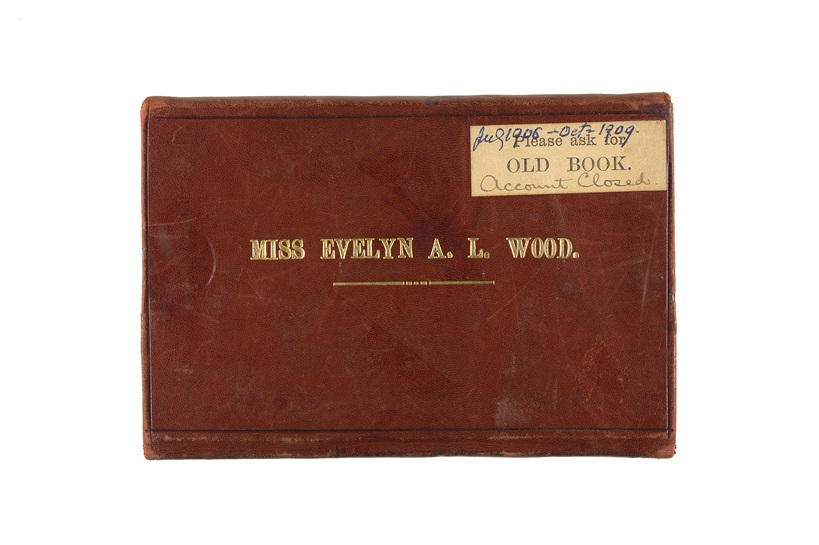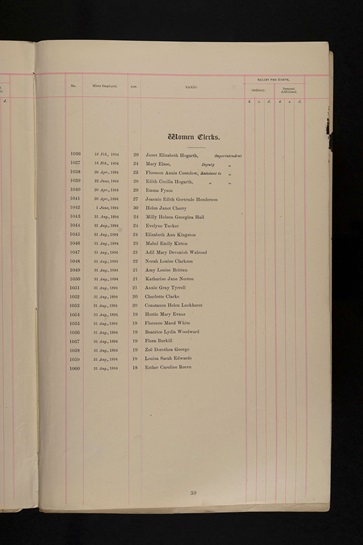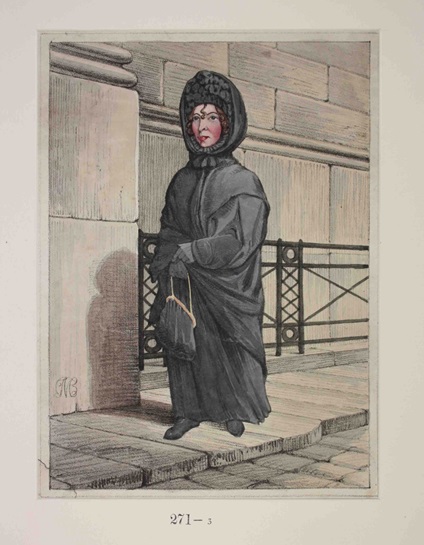For most of the Bank of England’s history, almost all its staff and officials have been male. This is changing today, but one of the important aims for this exhibition was to show a more diverse set of people from the Bank’s history. In particular, we wanted to include stories that reflected the presence of women at the Bank as investors and, later, as staff.
Dividend Day: a variety of customers
This 1859 painting shows a scene at the Bank of England. There are Bank clerks and businessmen – but also customers of different levels of prosperity, women, children with their parents, and a man in a wheelchair.

Women as customers at the Bank of England
Women were among the earliest investors at the Bank of England in 1694, and this continued throughout the Bank’s history. Women also held private accounts at the Bank. This pass book for Evelyn Wood is a record of the transactions on her Bank of England account between 1906 and 1909.

Women as Bank of England clerks
The Bank employed women as clerks for the first time in 1894. They were segregated from male clerks and carried out the most mundane tasks. Superintendent Janet Hogarth (later Courtney) described the monotony of the work as ‘soul-destroying’ in her 1930 memoir, Recollected in Tranquillity. Today, women make up 46% of the Bank’s staff, across all areas of the Bank’s operation.

Women as Bank Officials
This label shows the layers of administrative bias that women have faced when entering traditionally male roles: the box was for ‘the Chief Cashier, his deputy, or his assistant.’
The first woman Chief Cashier, Merlyn Lowther, was appointed in 1999. Today’s Chief Cashier, Sarah John, is the third woman to hold this post.

Representing disability
Brook Watson lost his leg when he was 14 years old, when he was bitten by a shark in Havana, Cuba. He survived shark attack, near drowning, and eighteenth-century emergency surgery, and went on to have a career as a merchant, army official and politician. He eventually became a Deputy Governor of the Bank of England.

Mental illness in the nineteenth century
In 1812, former Bank clerk Paul Whitehead was executed for forgery. His sister, Sarah Whitehead, could not accept his death. She kept coming to the Bank for years to look for her brother, and became known as the Bank Nun due to her dark clothing. Eventually Bank officials set up a fund to look after her.

Diversity at the Bank of England today
The Bank has a range of staff networks that work to promote and support diversity in the Bank in all its forms. This mug is from the LGBT+ and Allies Network, which led the Bank to take part in London Pride for the first time in 2015.

Building a diverse and inclusive Bank
The Bank is also working towards a balance within the staff that is more representative of the country as a whole. As part of this, the Bank of England Ethnic Minority staff network (BEEM) introduced a scholarship in 2015 to boost numbers of Black or Mixed African or Caribbean applicants to the Bank’s graduate recruitment programme.

Representation in the Museum
This exhibition was an opportunity to highlight objects that hadn’t been displayed before. It also highlighted gaps in our museum collections: for instance, a lack of artefacts that reflect the history of people with Black, Asian and Minority Ethnic backgrounds at the Bank.
This will be an important focus in our plans to develop the Bank’s historical collections, and as we scope out new permanent displays for the Museum.
